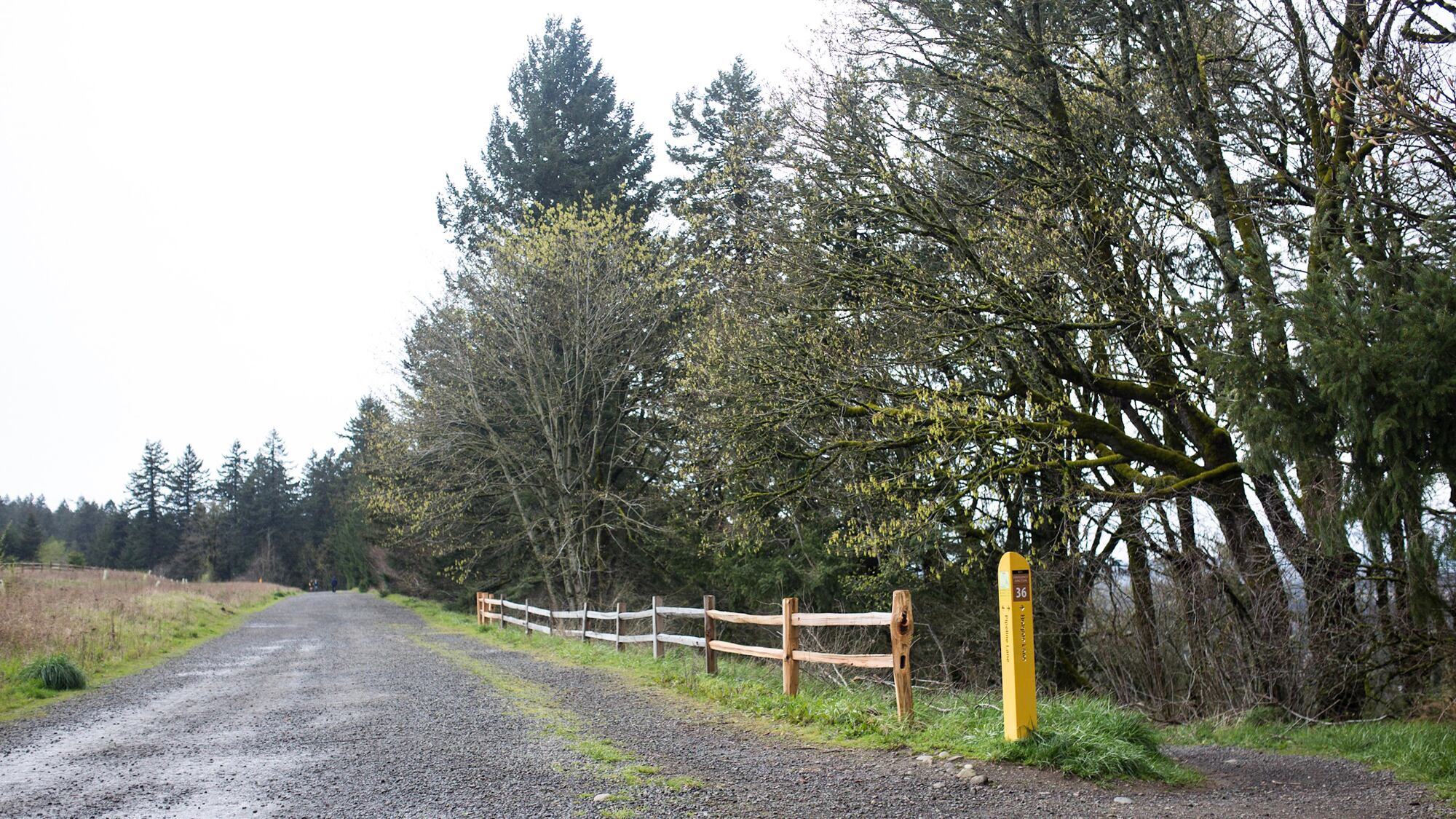Several street sections near my house in Southeast Portland are just gravel and potholes. These aren't even dead ends, they're through streets! Why would the city pave one half of a street back in the day, but not the other? —Lara P.
A few years ago, a friend of mine bought a 1984 Plymouth Sundance (think "less-cool Ford Pinto") at a towing auction for $400.
Needless to say, this car had its share of problems, the most glaring of which was that a previous owner, in what may have been the most misguided attempt to get laid in the history of time, had lowered its suspension to within a half-inch of the ground.
This made the car incapable of navigating the kind of roadway you describe. Nevertheless, my friend drove it for six months (she eventually traded it, I think for a burrito), and at no time during this period did she require helicopter rescue from an impassable maze of unimproved roadways.
I tell this story not because I'm having a stroke (although I am), but to point out there are plenty of other perfectly good roads to get you where you're going; if you don't like the crappy ones, it's not that hard to drive around them.
Mind you, if it had been left exclusively to the city, all the roads might look like that. Many outlying Portland neighborhoods were originally unincorporated county turf, with roads built to rural (i.e., lousy) standards.
When these areas were annexed, gimlet-eyed city bureaucrats made rules requiring developers to pave the roads themselves if they wanted to build there, leading to the somewhat scattershot result that so pains you.
But there's hope: The city recently unveiled something called the Gravel Street Service, which aims to turn these Grave Digger-worthy mud bogs into, if not gleaming superhighways, at least reasonably civilized gravel roads.
This process will unfold over the next three winters, eventually covering about 50 miles of unimproved roadways at a cost of $4.5 million (actual paving would cost $315 million). I've seen the before-and-after pictures,* and they look pretty convincing. Of course, so do Rogaine ads, so we'll see.
* And so can you! Visit portlandoregon.gov/transportation/76912.

